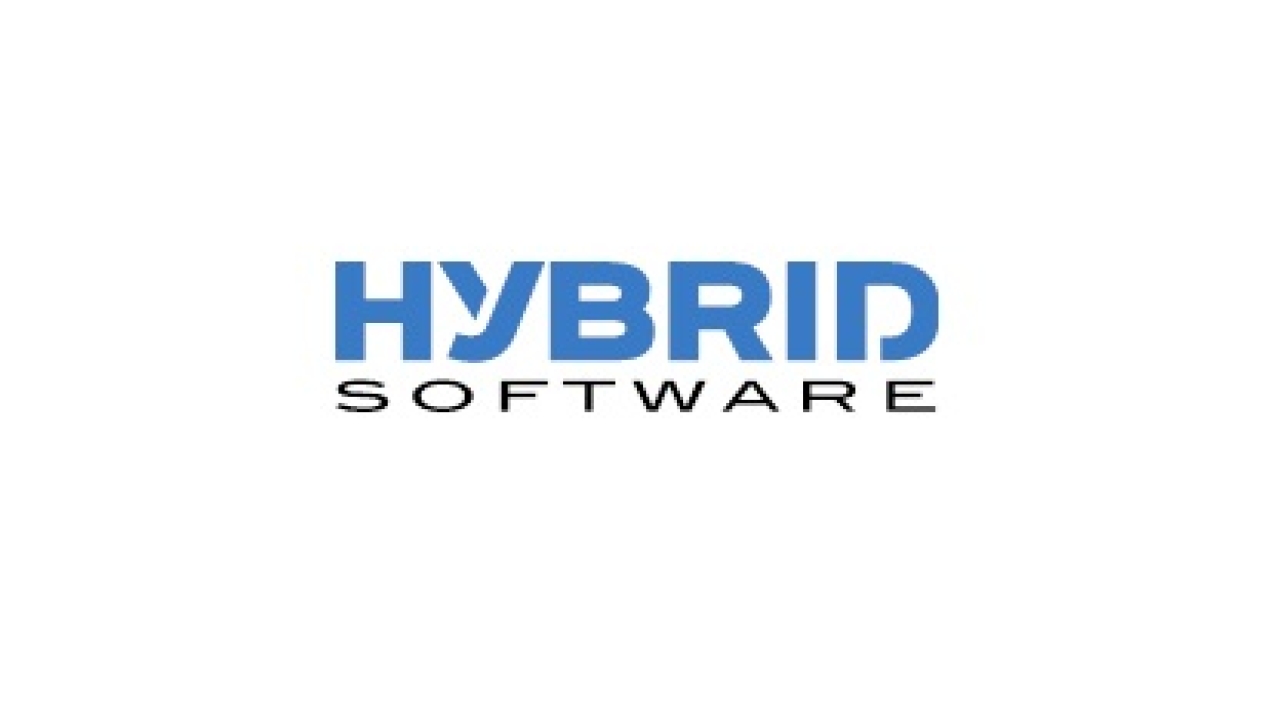Hybrid Software details Ipex presence
Hybrid Software will use Ipex 2014 for the worldwide launch of a host of products under the umbrella of its new Cloudflow suite, which it said ‘signals a major shift in philosophy and product mix for the company’.

Cloudflow is a new workspace concept for the web-enabled production environment and with its introduction Hybrid Software said it is positioning itself firmly as ‘The Alternative’ software vendor for the worldwide graphic arts market.
Cloudflow enables companies to create local and private cloud-based environments in which to operate. Supported on Windows and Mac OSX, it interacts with external systems such as MIS/ERP systems and custom designed web pages, and can submit files to workflows via HTTP. Features include sophisticated routing based on database entries, metadata, form input etc, file management, approvals and communication facilities plus the ability to run scripts within workflows. Cloudflow is designed for businesses of all sizes, whether they operate in brand service, packaging, digital printing or labels.
Hybrid Software chairman Guido Van der Schueren said: ‘The majority of existing workflow systems are constricted by being modeled on outdated core technology or architecture.
‘Cloudflow is a web-based portal solution that has been built from the ground up with none of these inherent limitations in functionality or flexibility. It meets perfectly the needs of businesses that have to link multiple locations via a highly efficient interface.’
Hybrid Software will also debut the new Packzflow, which allows the automation of pre-press functions based on native PDF files. Features include backend processing for the Packz engine, plus the ability to trap on the server and add job information panels, slug-lines, bearer bars etc.
Packzflow includes advanced step and repeat functionality, as well as comprehensive flattening technology and the ability to modify page boxes. The lack of conversion steps simplifies the workflow and improves productivity further.
‘Even those with limited design or production skills have the ability to easily and quickly manipulate native PDF content using Packzflow,’ added Van der Schueren. ‘The software results in significant reductions in cost, time and errors, while Cloudflow’s open architecture gives access to data stored in remote MIS/ERP systems.
‘This enables data for parameters such as step and repeat marks to be downloaded quickly.’
The functionality of Packzflow can be expanded greatly by integrating it with the Packz PDF editor for packaging and label workflows. Available on OSX and Windows platforms, the tool offers 64-bit multiprocessing as well as multi-threading. The software can be used to import CF2 die-cut files and can define separation files. It has a built-in barcode scanner with support for all packaging barcodes.
A new production data management system specifically aimed at the label and packaging markets will be shown at Ipex 2014. Functions include multi-file server indexing plus the ability to search for assets based on names and metadata, as well as PDF files incorporating the same images. Assets can be tagged and metadata added. The operator can generate low resolution files and share these via direct invitation links or user spaces. The PDM system supports various file formats including XMP.
A new RIP module will be shown integrated with Cloudflow, as will a new layout module, Cloudflow Printplanner, which lets the operator utilize a web user-interface to position and annotate artwork on a sheet, in order to obtain the most efficient use of stock when handling, for instance, a label job that is to be printed digitally
Other tools from Hybrid Software that work within the Cloudflow workspace include Proofscope and Proofscope Live, two proofing products, and its Order Lifecycle Management products, such as FaceLift, which allows integration between production workflows, MIS/ERP systems, third-party websites, external databases and other sources of digitally held information.
Stay up to date
Subscribe to the free Label News newsletter and receive the latest content every week. We'll never share your email address.

